Written by: Meg Fatih
In 2020, my husband and I took a big leap. After living together in a city for nearly ten years, we moved to the suburbs and bought our first home. We didn’t know at the time that the real risk we were taking in this move was not financial at all but in the life we thought we could build together there. It would be in this new home and place that our infertility journey began.
We spent the next six months remodeling the home by hand, laying every piece of the floor, painting the walls, expanding rooms so that everything would be ready for us to have children, and trying to get pregnant.
We were so excited, especially when we discovered our new neighbor was already pregnant, and my close friend in the area was, too.
It felt like everything was falling into place for the family we hoped to build. After six months of trying, I finally got pregnant for the first time.
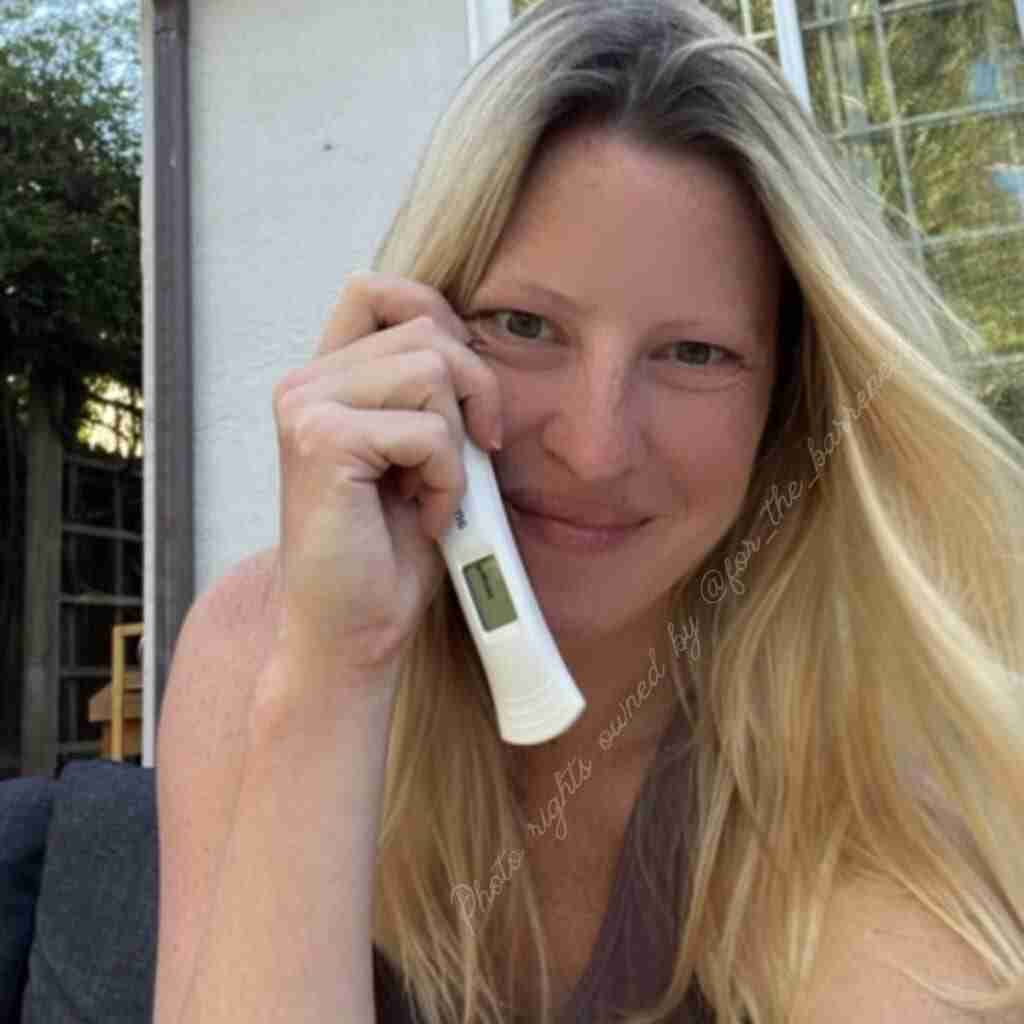
The joy I felt was indescribable. We walked to a nearby beach, and I asked him to take a photo together, but I actually had my phone on video. Halfway through the “photo,” I showed him the positive pregnancy test. We kissed and cried and held each other for what felt like hours.
That night, we immediately bought the pregnancy books, downloaded the tracking apps, and took the first photos of my belly that didn’t yet show a bump (beyond the sandwich I had eaten that day).
A few days later, my excitement was quickly overshadowed by an overwhelming sense of fear at the first doctor’s appointment.
The Beginning of Our Infertility Story
Due to COVID-19 restrictions, my husband had to wait in the car while I had my first doctor appointment with the ob-gyn. As the doctor started the ultrasound, she went silent. She told me there was something abnormal in the scan, but it might be nothing and go away. I was told to come back in a week.
At the next appointment, there was not much change in the scan, improvement or otherwise, but my blood levels had increased, so I had to wait another week and come back. I was living in constant fear, not knowing what any of it meant.
I didn’t tell anyone I was pregnant, following the rule of waiting until 12 weeks.
At nine weeks, the doctor confirmed that the baby had stopped growing, but my body wasn’t recognizing that the pregnancy wasn’t viable. To avoid infection, I could either take medication at home that would induce a miscarriage or have a D&C.
“Don’t worry, this happens a lot; your next pregnancy will likely be fine!” she said. But her words didn’t comfort me. Knowing others had similar heartaches only made me feel more alone. My husband saw all of this unfold over FaceTime from the car.
There was no one in the room with me to hold my hand.
Research, Infertility Treatments, Miscarriages, and Anxiety Became My New Norm
My next pregnancy ended at seven weeks. I asked for tests, but my doctor said they only do testing after three losses. “It was just bad luck,” she said. After my third pregnancy loss, I finally got some blood work done, which all came back normal.
“I am sorry, but this is now out of my expertise,” she told me. Her shift from “This happens, do not worry!” to “I don’t know how to help you” left me feeling completely abandoned. I found a fertility specialist and began the long road of testing, IVF (in vitro fertilization), and surgeries.
I became consumed by research and consultations, trying to understand the fertility process. It felt like a full-time job.
During this time, my neighbors’ babies were born. I had never felt so lonely.

We had moved to the suburbs to start a family.
Instead, I found myself in a place made for families without being able to build a family of my own.
There was nothing for me to do but wait and test and research.
My Infertility Journey Did Not Go Smoothly
I started my IVF journey by consulting several clinics, hoping to find the right fit.
Eventually, I found a clinic within our healthcare network that specialized in miscarriage support. The first appointment began with a saline ultrasound. My doctor, with over 40 years of experience, said, “I have never seen one of these!” – not exactly something you want to hear.
A follow-up MRI revealed a Müllerian abnormality that could potentially impact a later pregnancy. However, it didn’t explain why I was experiencing recurrent losses before 12 weeks.
Despite undergoing several more tests, nothing conclusive emerged, leading us to assume that abnormal eggs might be the cause. To prevent further losses, we decided to proceed with an IVF cycle and PGT testing.

After my first egg retrieval, I froze the eggs and later transferred a healthy embryo. I was hopeful, believing we had finally taken all the right steps and that in nine months, we would welcome our baby.
Unfortunately, that pregnancy also ended in miscarriage, signaling that something was still wrong.
Undergoing More Treatment in the Hope of a Healthy Pregnancy
Frustrated and determined, I refused to continue “throwing spaghetti at the wall and hoping one sticks” and pushed for more answers. A laparoscopy revealed something I had suspected for a long time—endometriosis. Another MRI confirmed the presence of adenomyosis.
With these diagnoses, I embarked on a new treatment path, spending months on Lupron Depot to suppress the endometriosis before attempting another transfer. I also insisted on an endometrial biopsy, which required some persistence to get approved.
My next FET resulted in a pregnancy, but tragically, a subchorionic bleed—an event that occurred by sheer bad luck—led to another miscarriage at ten weeks, despite a strong heartbeat and no other apparent issues.
This loss was particularly heartbreaking, knowing that less than 2% of these bleeds result in a loss, but mine did.
This entire journey began three years ago. I have had several surgeries to treat endometriosis, three egg retrievals, three frozen embryo transfers, and six miscarriages, and I am still without a living baby.
I am preparing for yet another transfer this fall. This time, I am working with a reproductive immunologist to follow an immunology protocol, hoping that this new approach will lead to a successful outcome.

Feeling Isolated and Left Behind
When I began, I was connected to some people who had miscarriages or gone through in vitro fertilization (IVF), but most of the time, they were on the other side and had babies; the losses being a thing of their past, not their present.
It seemed rare that someone shared about their losses until they shared their successes, too.
I felt like the only person left in the struggle and like everyone around me was lapping me.
Invitations to social gatherings dwindled, and when I did go, I felt incredibly left out. I had nothing to contribute to conversations about parenting. Eventually, I stopped leaving the house entirely to avoid constantly seeing babies and pregnant bellies in town.
Even on nice days, I kept the windows closed so I wouldn’t hear children playing outside, a painful reminder of the child I should have had by now.
The hardest part was losing friendships. After several attempts to get together, someone I considered my closest friend was always unavailable. I finally asked if everything was okay.
She told me she was just busy trying to make “mommy friends” for herself and her baby. We never spoke again.
Connection and Support Groups Matter in an Infertility Story
It took years, but I finally created a fertility account on Instagram. I don’t know what inspired me to do so, but I know it was a place of desperation. I wasn’t sure what the point of the account would be, but I hoped to find tips and support without those in my personal life finding out.
Little did I know this online space would pull me out of a deep depression caused by isolation and loneliness. I started with a few posts and began chatting on the posts of others with fertility accounts. Soon, I was having more in-depth conversations and feeling braver about sharing my journey there.
I found people with stories similar to mine, some more heartbreaking, others complicated, but we had this hard thing in common that no one else could understand. Sharing my feelings of being left out, this Instagram community understood in a way no one else did.
People who were once strangers, living across the globe, were sending me good luck wishes on the days of my transfers. I even created a holiday card exchange for those of us who didn’t have baby photos to share but wanted to receive trigger-free cards.
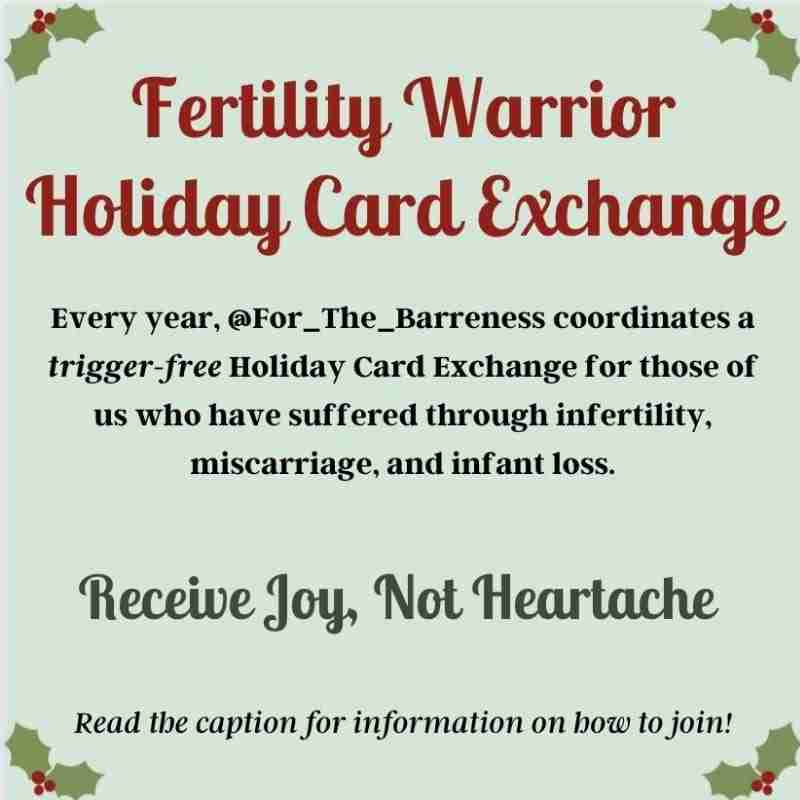
Now, this traditional exchange that I conduct during the holidays and around Mother’s Day includes over 300 people from 25 countries who connect and support each other!
My Safe Space is Now for Anyone Struggling With Fertility Issues
The years went by, as did the IVF treatments, but still no baby. By the time I had my sixth loss, I didn’t tell my friends or even my family. But I did tell my Instagram community, and the support I received was more than I ever imagined.
I still have hard days. I am still lonely in my home and neighborhood, where my first pregnant neighbor is now expecting her third child. But I have a safe space to go to, a place where people care and understand.
I want to thank everyone who has connected with me online. You may not know me in person, but you know me more deeply than almost anyone else in my life. I will also cheer your journey on and be there for you when it seems only to be failing.
Have you struggled with reproductive health and fertility treatments, or are you having difficulty conceiving? Leave Meg a comment about your infertility journey here and follow her on Instagram @for_the_barreness. Just click the image below.
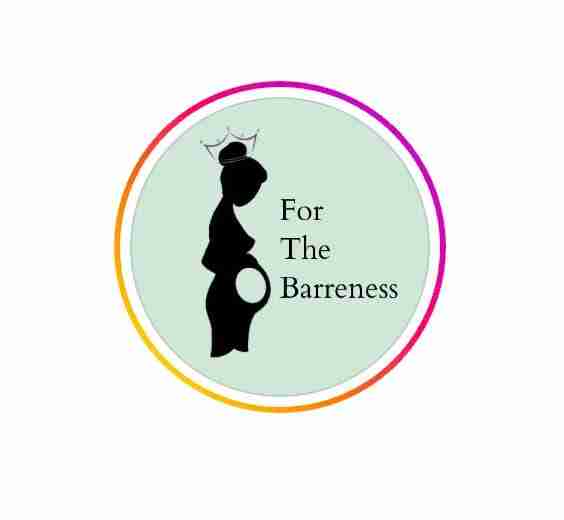

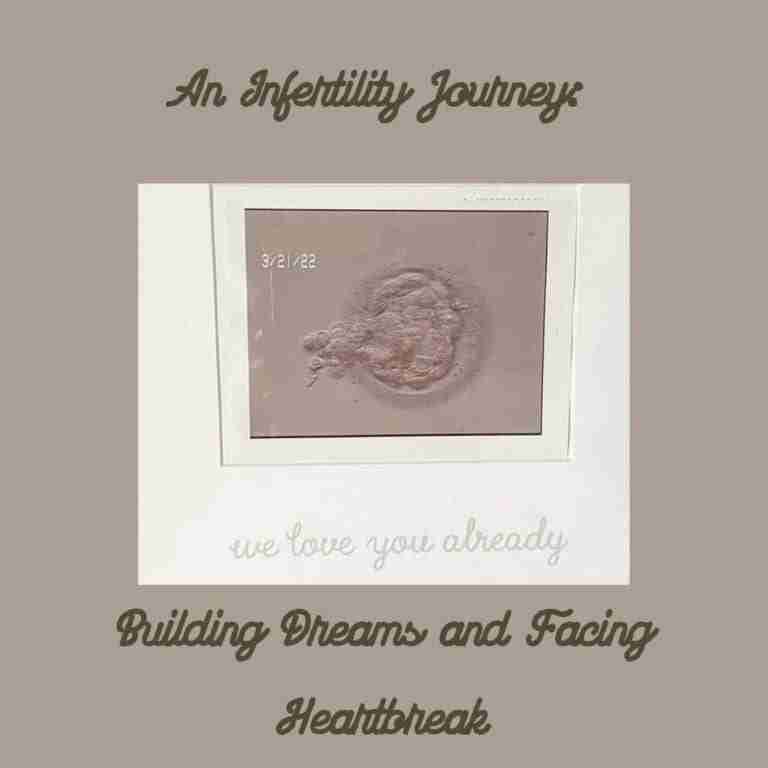
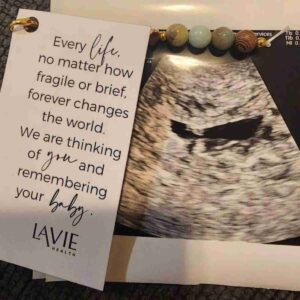

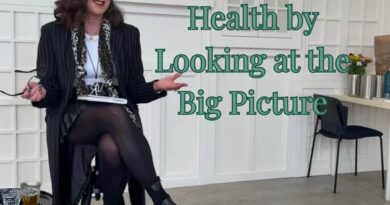


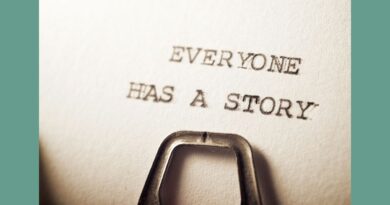










0 Comments